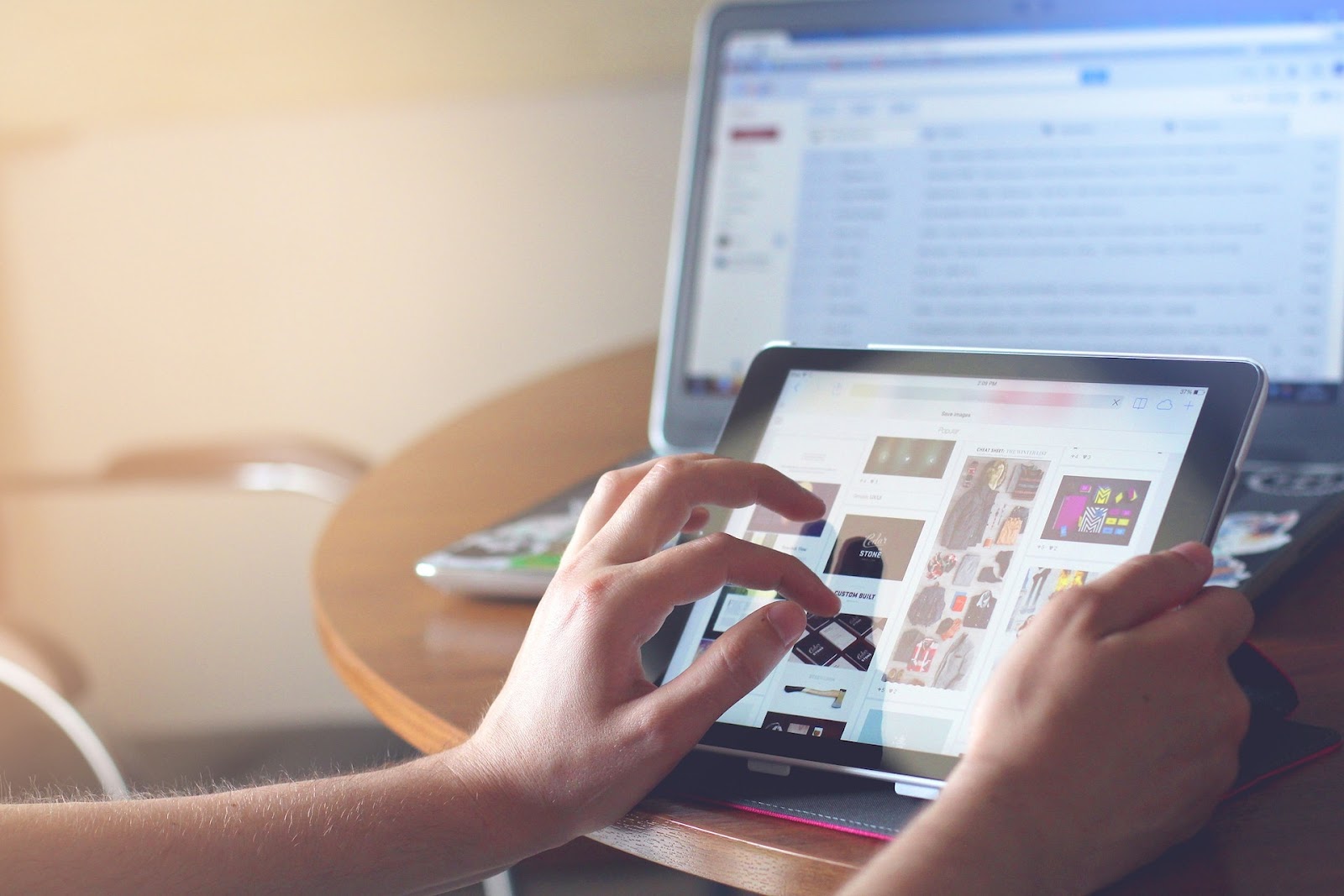Title : What is Internet of Things(IoT), How it works
Imagine a world where your alarm clock syncs with your coffee machine, your refrigerator reorders groceries when supplies run low, and your car navigates the traffic for you.
This is the power of the Internet of Things (IoT), an ever-expanding network of interconnected devices that has the potential to revolutionize the way we live, work, and interact with the world around us.
In this blog post, we will dive into the fascinating world of IoT, exploring what it is, how it works, and why it holds immense promise for the future.
At its core, the Internet of Things refers to the network of physical objects, vehicles, appliances, and other devices embedded with sensors, software, and connectivity, enabling them to collect and exchange data. These devices communicate with each other and with us, creating a vast ecosystem of interconnectedness.
How Does IoT Work?
IoT relies on four essential components working in harmony: devices/sensors, connectivity, data processing, and user interfaces.Let's break it down:
The backbone of IoT lies in the devices and sensors that gather and transmit data.
These can range from everyday objects like thermostats, fitness trackers, and smartwatches to industrial machinery and infrastructure components.
These devices are equipped with sensors that capture relevant information such as temperature, motion, humidity, or location.
2. Connectivity:
The captured data is then transmitted through various connectivity options like Wi-Fi, Bluetooth, cellular networks, or even specialized IoT networks like LoRaWAN or NB-IoT. The choice of connectivity depends on factors such as range, power consumption, and data requirements.
3. Data Processing:
Once the data reaches the cloud or a local network, it undergoes processing and analysis. This is where the real magic happens.
Powerful algorithms and machine learning models extract valuable insights, identify patterns, and make informed decisions based on the collected data. This processed information is then transformed into actionable intelligence.
4. User Interfaces:
Finally, the information derived from the data processing stage is presented to users through intuitive and user-friendly interfaces. This can be in the form of mobile apps, web portals, or even voice-activated assistants, allowing users to control and monitor their IoT devices seamlessly.
Why Does IoT Matter?
1. Efficiency and Convenience:
IoT enables automation and remote control, simplifying everyday tasks and enhancing productivity.
Imagine adjusting your home's temperature while still on your way back from work or remotely managing your manufacturing processes for optimal efficiency.
2. Improved Safety and Security:
IoT can enhance safety and security measures by monitoring critical systems, detecting anomalies, and alerting relevant parties in real-time.
For example, connected smoke detectors can immediately notify homeowners and emergency services in the event of a fire.
3. Environmental Impact:
IoT can play a vital role in achieving sustainability goals. Smart energy meters can help monitor and optimize energy consumption, reducing waste. Connected agriculture systems can enable efficient water usage and crop management, mitigating environmental impact.
4. Healthcare and Well-being:
IoT applications in healthcare can revolutionize patient monitoring, enabling continuous tracking of vital signs and allowing early detection of health issues.
Wearable devices can empower individuals to take control of their fitness and well-being, leading to healthier lifestyles.
The concept of smart cities revolves around using IoT to optimize urban infrastructure, from intelligent transportation systems that reduce congestion to smart grids that optimize energy distribution.
These advancements can enhance the quality of life for citizens, making cities more livable and sustainable.
The Internet of Things holds tremendous potential to transform our lives, businesses, and communities
By connecting the physical world with the digital realm, IoT offers a myriad of opportunities to improve efficiency, enhance safety, and create a more sustainable future.
As we continue to innovate and push the boundaries of technology.
So, get ready to embark on this exciting journey and witness firsthand how IoT can shape our future in ways we never imagined before.
Remember, the future is connected, and the Internet of Things is leading the way!
Tags
Tech

